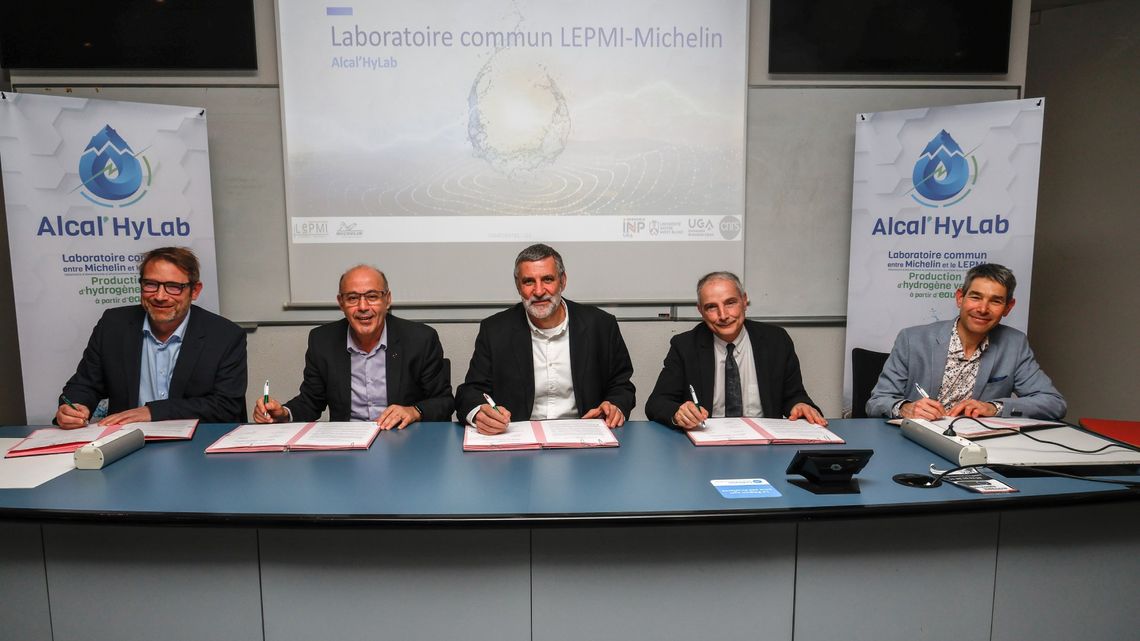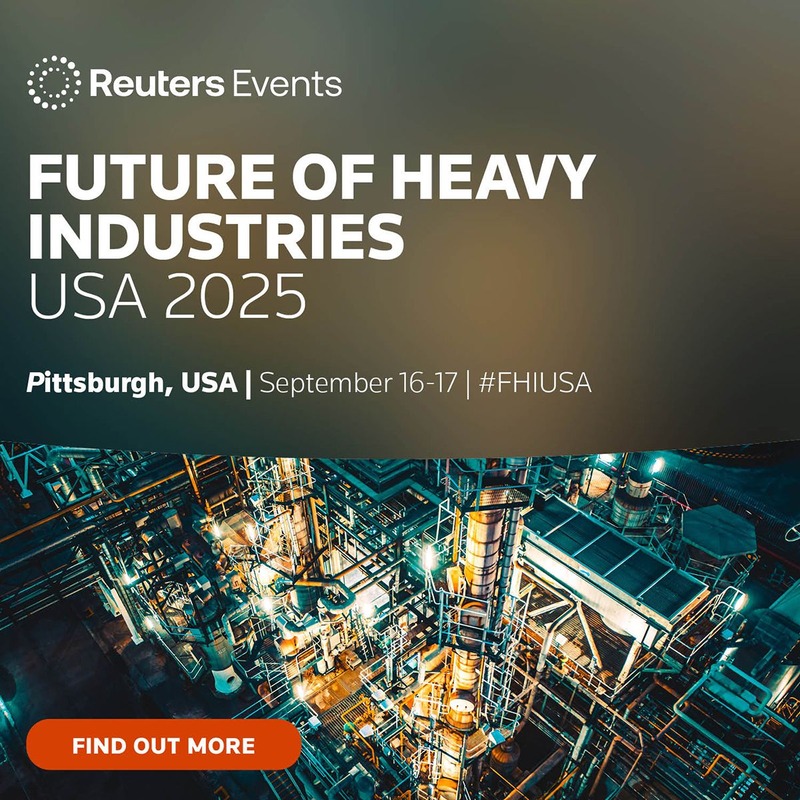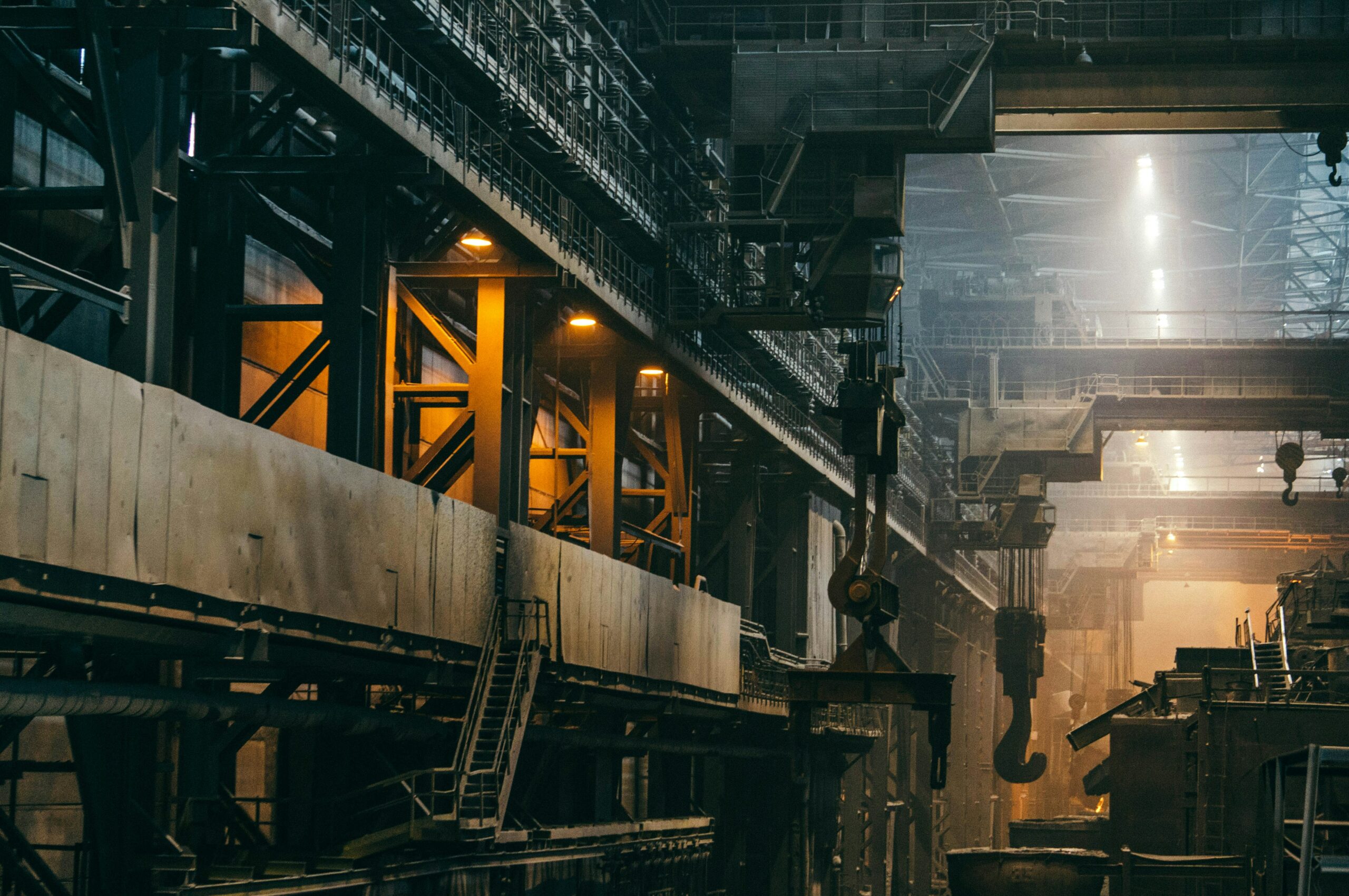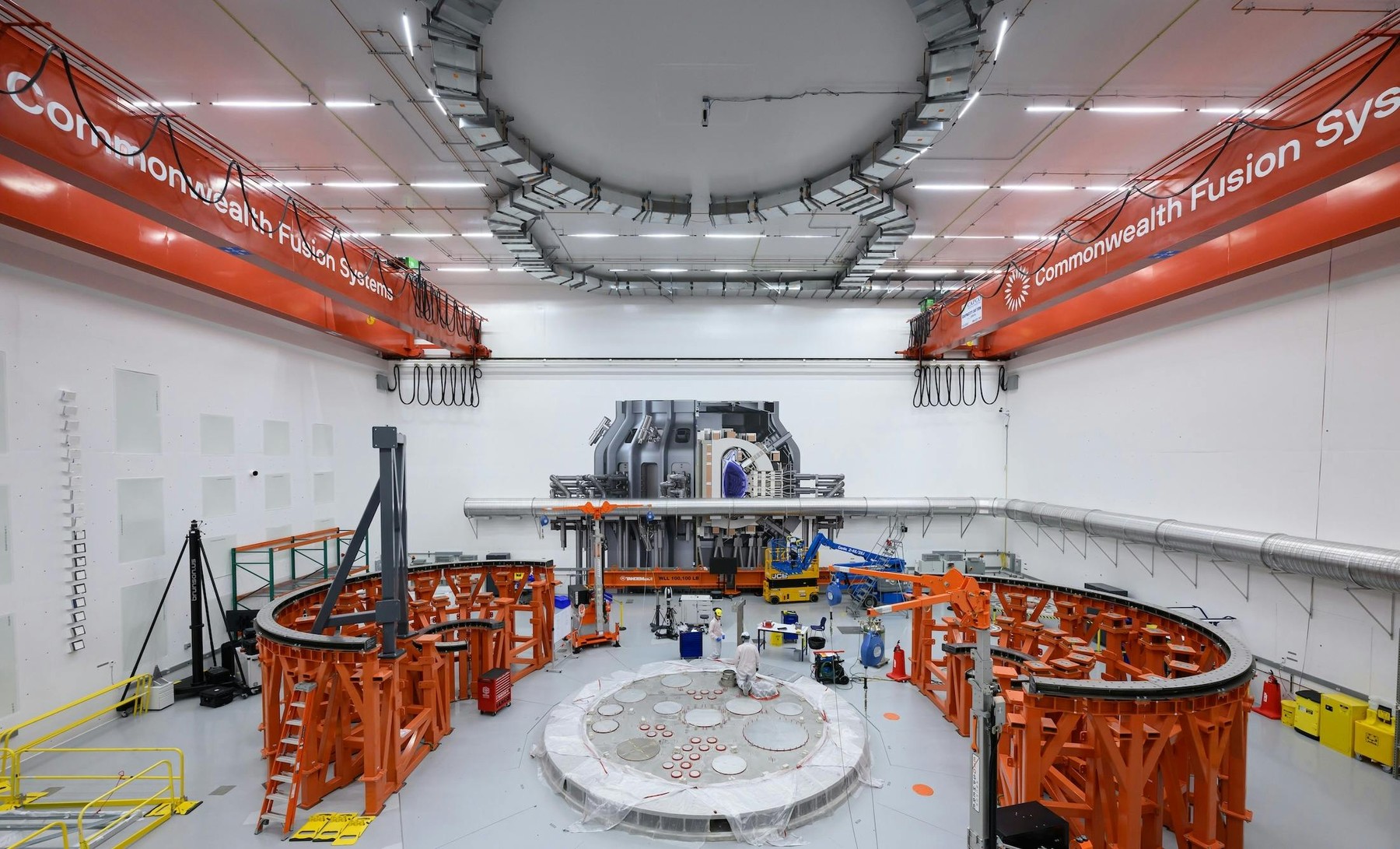French tire manufacturer Michelin said it will team up with researchers at French national research facility CNRS, and universities to develop clean hydrogen using water.
The University of Grenoble Alpes, the University of Savoie Mont Blanc, and Grenoble’s Institute for Engineering and Management will also collaborate in the research.
Launched on March 14, the research teams will work on a four-year project to create a process of generating clean hydrogen in a sustainable way using only water, at industrial-scale. This project marks the third time the CNRS and Michelin have partnered to develop green hydrogen.
Michelin has long recognized the benefits of hydrogen, company research director Christophe Moriceau said.

“We recognize the potential for the reduction of carbon emissions and the energy transition, in the mobility sector as well as in the decarbonization of numerous industrial sectors,” Moriceau said.
Most hydrogen produced for energy currently qualifies as “gray”, because it uses fossil fuel resources and is not sustainable. While there is hydrogen energy that has produced by green energy, it currently accounts for less than 5% of all global production.
The new research to be undertaken will see Michelin, CNRS, and university partners attempt to improve on two existing processes for clean hydrogen production. The first process, AWE3, was first formulated 200 years ago, and involves circulating an electric current through a potassium solution with water less acidic than drinking water, using catalysts made of non-Nobel metals such as nickel, iron, or steel. Though this process is a popular method in industry, it does not generate ultrapure hydrogen at high speed, and is difficult to couple with renewable energy.
The second process, known as PEMWE5, works with a membrane impermeable to hydrogen or oxygen. This process produces high-purity hydrogen, but also uses rare noble metals, while it generates pollutants linked to the membrane.
Michelin and CNRS, and other universities, will attempt to develop this water technology while combining the best of both preceding processes. It hopes to combine the advantages of the AWE technology, and its ability to use non-nobel metals, and PEMWE5, with its capacity to create high-purity hydrogen.
The new technology – called Anion-Exchange Membrane Water Electrolyzer (AEMWE) – will require the development of nanocatalyzers made from abundant metals such as nickel, and a membrane which can exchange anions (negatively charged ions) without environmental side-effects.








